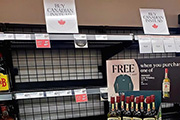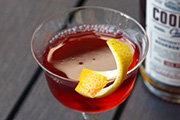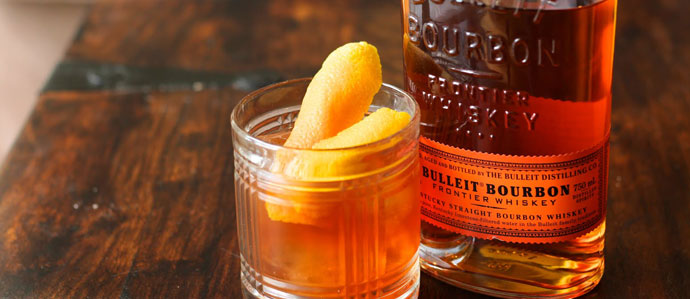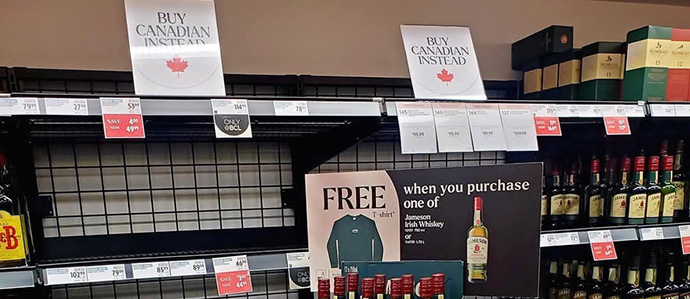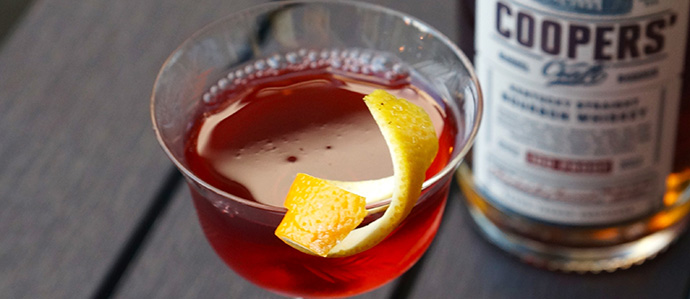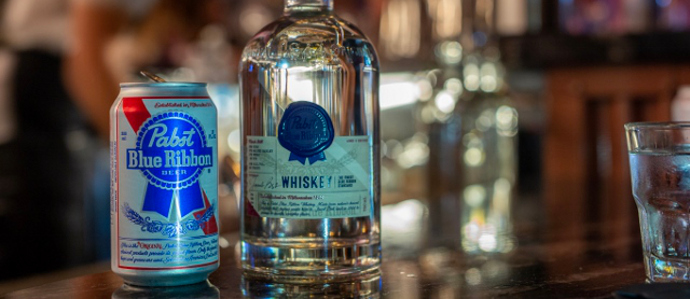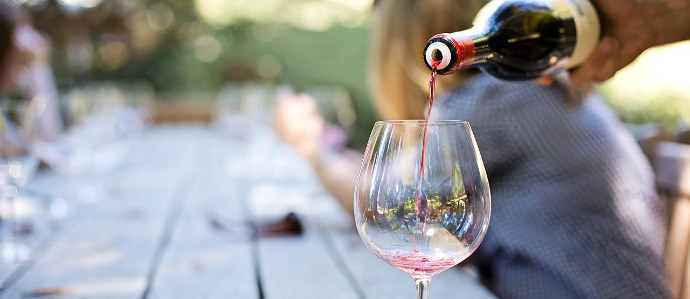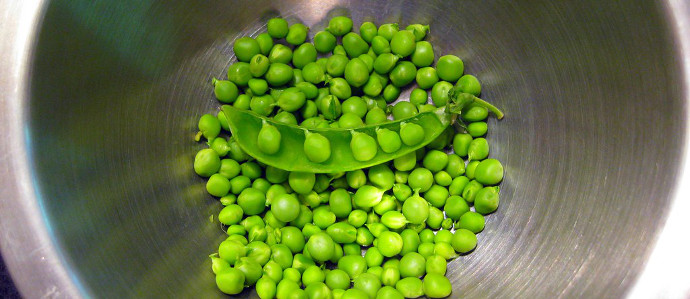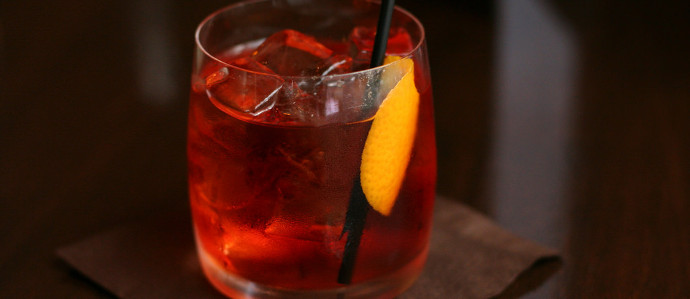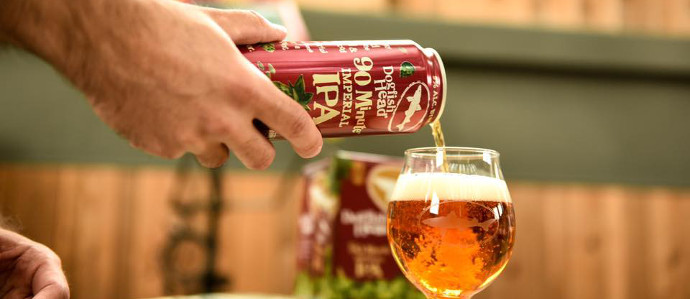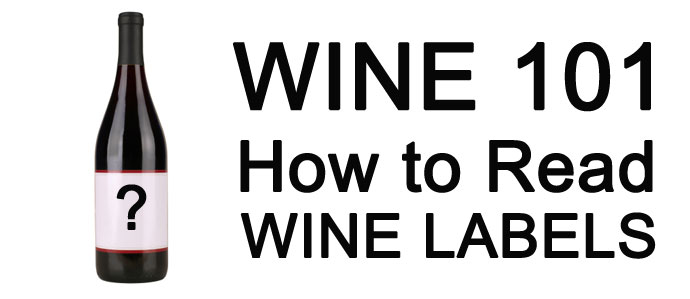
The Pennsylvania Liquor Control Board has made purchasing wine in the commonwealth a chore thanks to limited selection and locations (and the coming-soon wine vending machines are not going to solve that, Harrisburg). But believe it or not, the wine novice has an even more daunting issue to deal with before they can get home and pop that cork: reading the label of the wine they may want to buy.
Since each country has its own rules and practices when it comes to designing wine labels, each bottle you pick up may have different information in different places. It may not mention things you think would be obvious ... like ingredients.
The variations are limitless, but you can generally divide your potential purchases into two camps and attack from there.
When you look at a bottle of wine made in the United States, the label is pretty clear (the same can be said for other “New World” areas, like Australia). After the proprietor or vineyard name, they’ll tell you what kinds of grapes they used, then where they grew them. To Americans, who have been educated about wine from a varietal perspective, this makes sense. I want a bottle of Chardonnay, I’m going to pick up a bottle that says, in large point, “Chardonnay.” The fact that the grapes came from one of many valleys in California is often of less importance to buyers ... even if it is important information to know in order to ascertain how the wine will taste. If the bottle is a blend, most vintners will pick a clever name and then spell out the grapes used on the back label.
A bottle from Europe, on the other hand, is more difficult to decipher, and not because it’s in French. After the name of the producer or vineyard, the primary information on these bottles is the region in which the wine was made. Rules are so strict in these “Old World” areas that many big wine regions are only allowed to make wines from certain grapes or in a certain style, and so the wine is known by that area’s name. When you see a bottle from Chianti, you can be sure it’s made of the same varieties of grapes as every other bottle on the shelf from Chianti (which, by the way, is mostly Sangiovese, but that’s another post). If you want to buy an import and know the grape you want, you’ll need to first find out what areas specialize in that variety.
Other items to check out:
* The vintage, or the year the grapes were harvested
* Wine class (some areas differentiate the quality of their wines by terms like “premier cru” or “DOC”)
* Wine style (wines that come in various options from dry to sweet will be labeled with their region’s names for those styles. On Champagne you may see “sec,” on a Riesling you may see “spätlese.”
* Alcohol content
11.12.10
Melissa Auman Greiner is a born and bred Philly girl with a soft spot for the city's growing food and wine scenes, leafy green squares and sultry summers. Just don't get her started on the inadequacy of SEPTA. With nearly 10 years of experience covering the city for a variety of newspapers, magazines and websites, it hasn't just been her pleasure to visit Philly's best bars and restaurants -- it's been her job. And with an advanced certification from the International Sommelier Guild under her belt, she brings her city savvy and wine know-how together to deliver Drink Philly readers the latest info on Philly vino.
Feedback
The Drink Nation Presents: The Home Bar Project
Have you ever dreamed of having an amazing home bar, filled with bottles you actually use and the tools you need to execute a fine crafted cocktail? E...read more ›
Canada's Next Level Response to Tariffs Removes All U.S. Wine & Spirits From the Shelves
Part of Canada's response, their retaliation, to the tariffs imposed o...read more ›
The History of The Boulevardier Cocktail - and How You Can Make it at Home
In this history segment, we take a closer look at a classic cocktail: The Boulevardier....read more ›
Behind the Bar: Liana Oster of Dante
For this exciting installment of Behind the Bar, we had the incredible opportunity to sit down with Liana Oster, the head bartender at Dante in New Yo...read more ›
Pabst Blue Ribbon Launches Blue Ribbon Whiskey in Select US Markets
PBR has launched their own whiskey. Let's keep an open mind and see what is inside this bottle....read more ›
The Master Sommelier Scandal is Now the Subject of a New Investigative Series
There's a new investigative series about one of the biggest scandals to ever hit the wine world....read more ›
Using Peas to Make Gin Might Lead to More Environmentally Friendly Spirits, Studies Show
Scientists may have discovered a more environmentally friendly way to make one of the world's most popular spi...read more ›
Drink a Classic Cocktail for a Good Cause During Negroni Week, June 24-30
Negroni Week 2019 is June 24-30, so drink this classic cocktail for a good cause....read more ›
What to Do if Your Uber, Lyft, or Cab Driver Ever Strays From Your Destination or Makes You Feel in Danger
If you're taking an Uber, Lyft, or cab and feel unsafe, there are steps you can take to protect yourself....read more ›
Behind the Bar: Kat Corbo of The Study & Winner of Speed Rack 2019
This time on Behind the Bar, we spoke to Kat Corbo of The Study, who recently won Speed Rack 2019....read more ›
Boston Beer & Dogfish Head Have Merged in a $300 Million Deal
In a huge move for the American craft beer community, Boston Beer and Dogfish Head have agreed to a merger valued at $300 million dollars. ...read more ›




